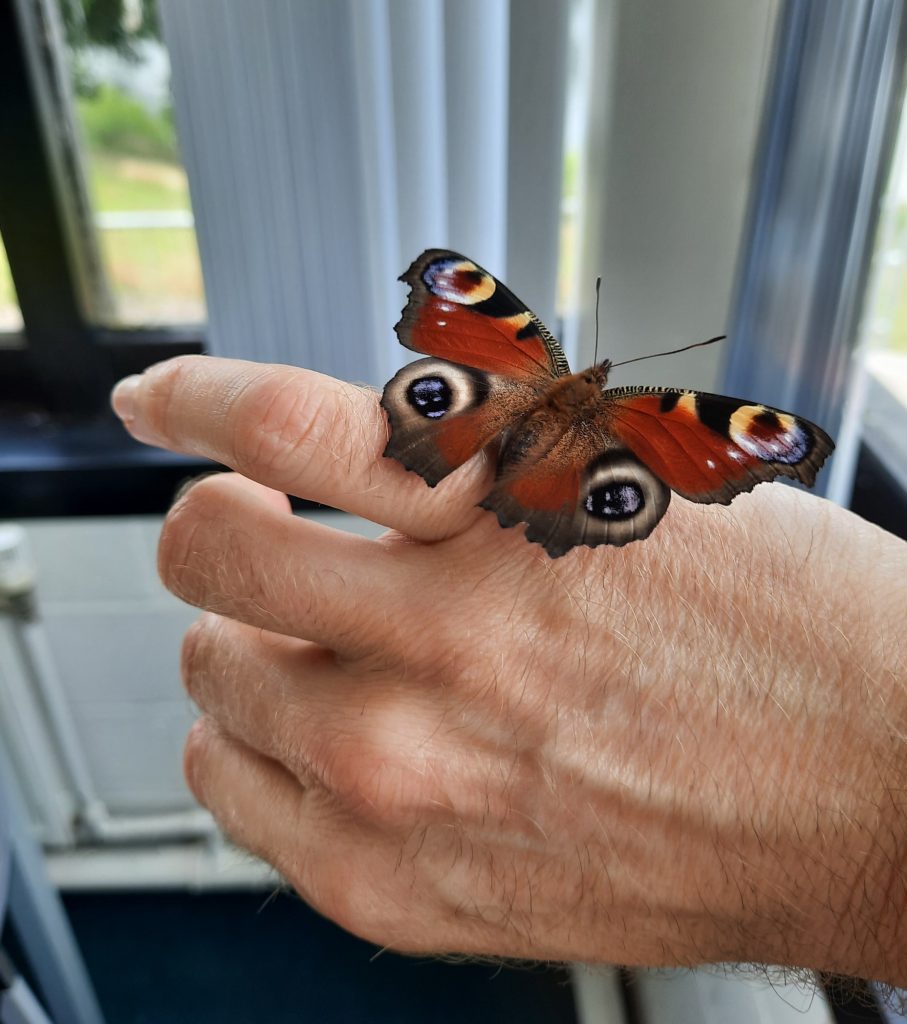A year in which we threw open the windows of our reading room, captured a year in the life of the university and developed exciting new partnerships.
In August we reopened our reading room, providing limited access to our collections for researchers (current arrangements are regularly updated). We continued to provide online volunteering opportunities, including a major project to open up the archives of William Simpson’s Asylum. A huge thank you to all of the students who volunteered with us this year.
While the provision of in-person research services remains challenging our main focus this year has been increasing online access to our collections through digitisation. Our plans were given a huge boost in March with the award of a major grant from the AHRC Capabilities for Collections programme for a new digitisation studio. This new equipment allows us to digitise material in a wide range of formats across our collections for the first time.
Our online resources have been enhanced by our JSTOR Open Community Collections site. This new platform provides access to a range of digitised sets of material from our collections covering a variety of subjects including film history, music, politics, sporting heritage and health (with further new content to be added in the new year). In addition, our Culture on Campus website includes large runs of Brig, the university’s student newspaper, and The Musician, the magazine of the Musicians’ Union, linked to our online catalogue.
This year saw the development of an exciting new partnership with Aberlour Children’s Charity to open up access to their historical archives which preserve a detailed record of their work caring for children across Scotland since 1875. In August we received funding from the Archives Revealed programme for a project to catalogue Aberlour’s archives, improving access for those with direct experience of care and academic researchers. The cataloguing project will also support the work of the ARCH (Archiving Children’s Residential Care Homes) team, working on an AHRC-funded project to improve current record-keeping practices in children’s homes through the analysis of historical records and design of new virtual ‘living archives’ with young people and care-experienced adults.
We continue to collect and preserve the institutional memory of the University, an increasingly important part of our work during this current period of major challenges and change. The Campus Central redevelopment has transformed the centre of the campus and we are ensuring that the records of this major capital project are collected and permanently preserved. The university’s response to the coronavirus pandemic is also being documented in an oral history project supported by the Vice Chancellor’s Fund which will record the experiences of staff and students. Finally, a lasting memorial to 2021 has been created in the form of a time capsule to mark the opening of the Campus Central re-development. Its contents were chosen by the university community to represent life on campus today, the most popular item suggested being, perhaps unsurprisingly, a facemask.
Image of the year:

The need for well-ventilated working spaces meant that we threw open the windows of our archive reading room in 2021. This resulted in some unexpected visitors as wildlife returned to the campus over the summer, including this colourful customer.





